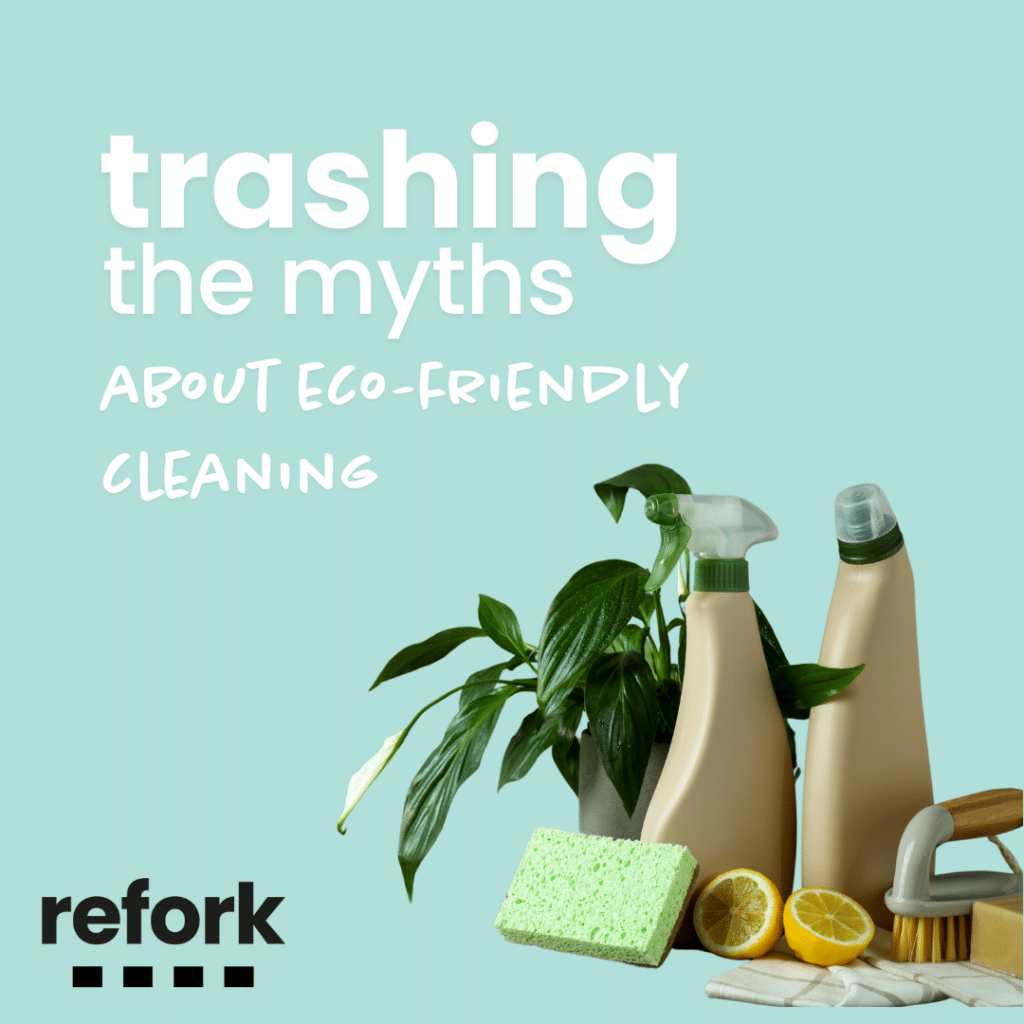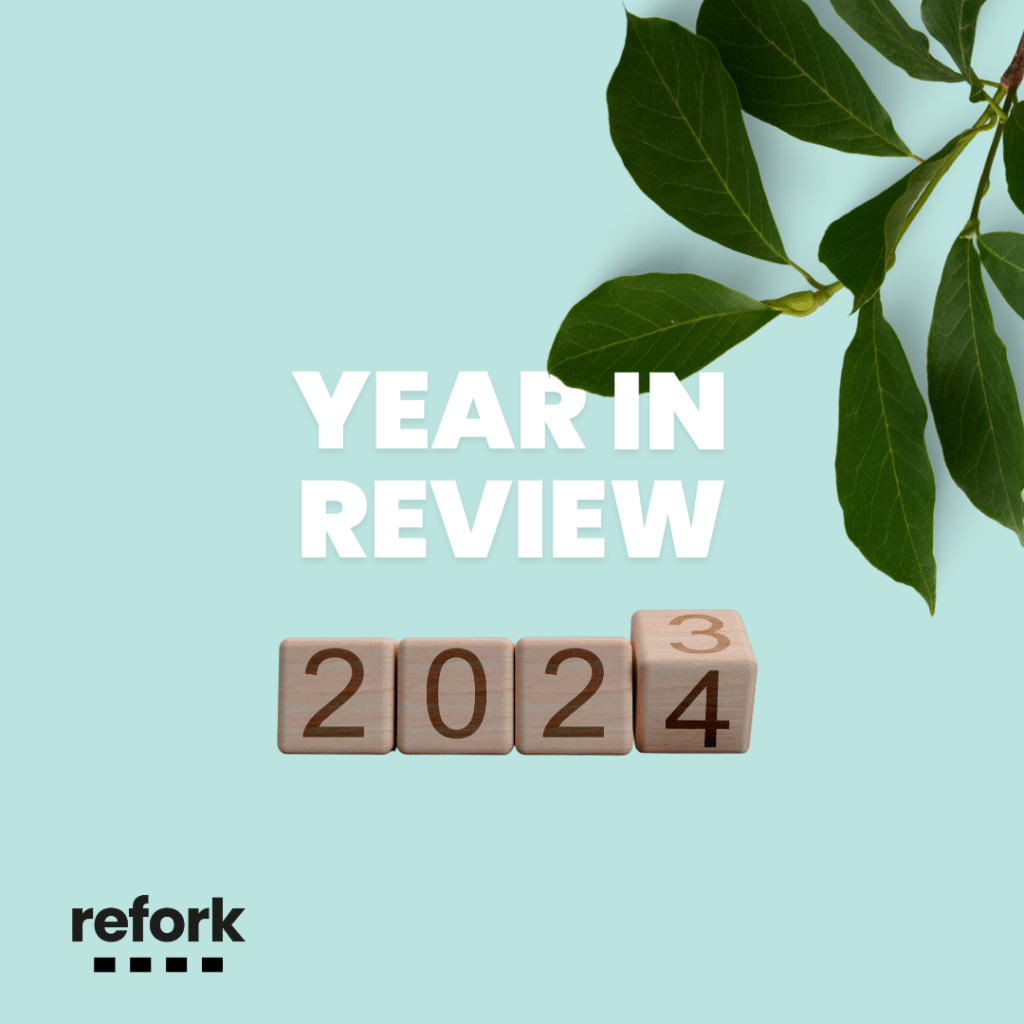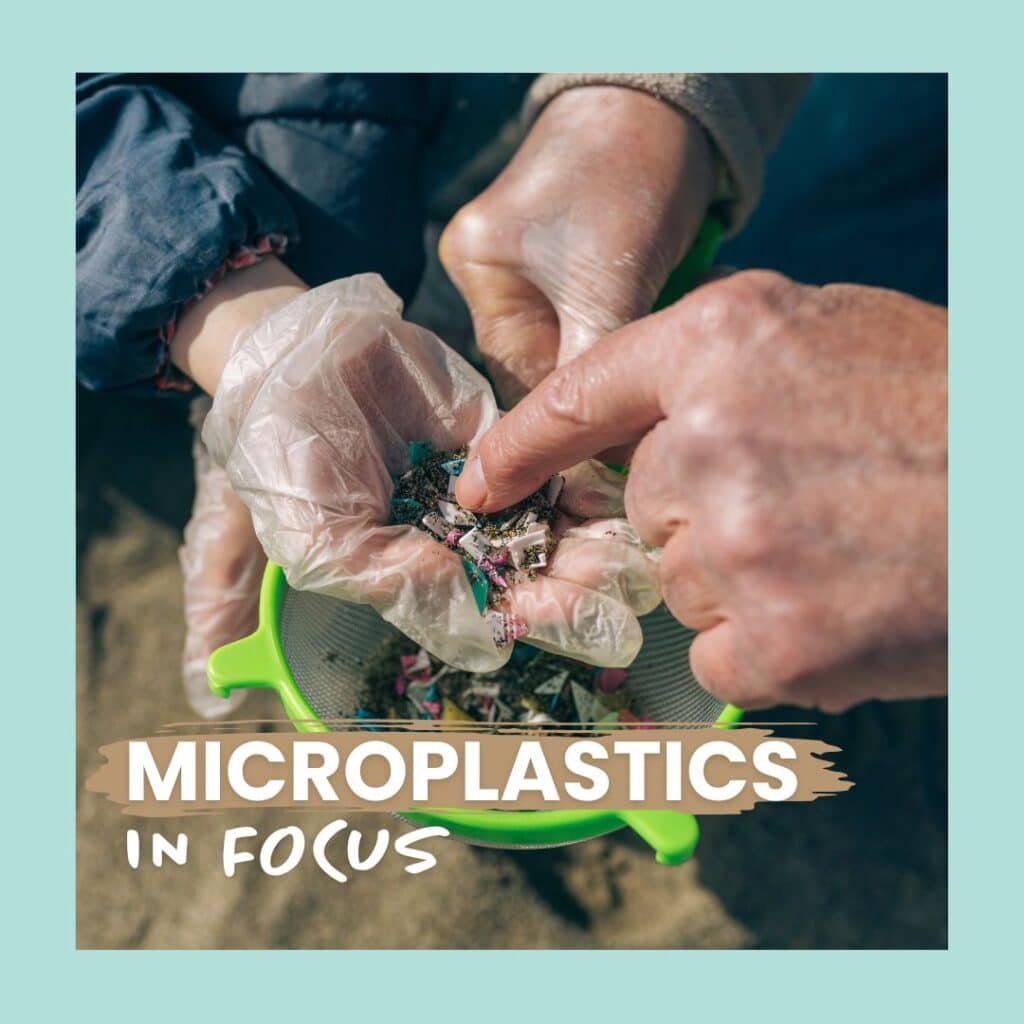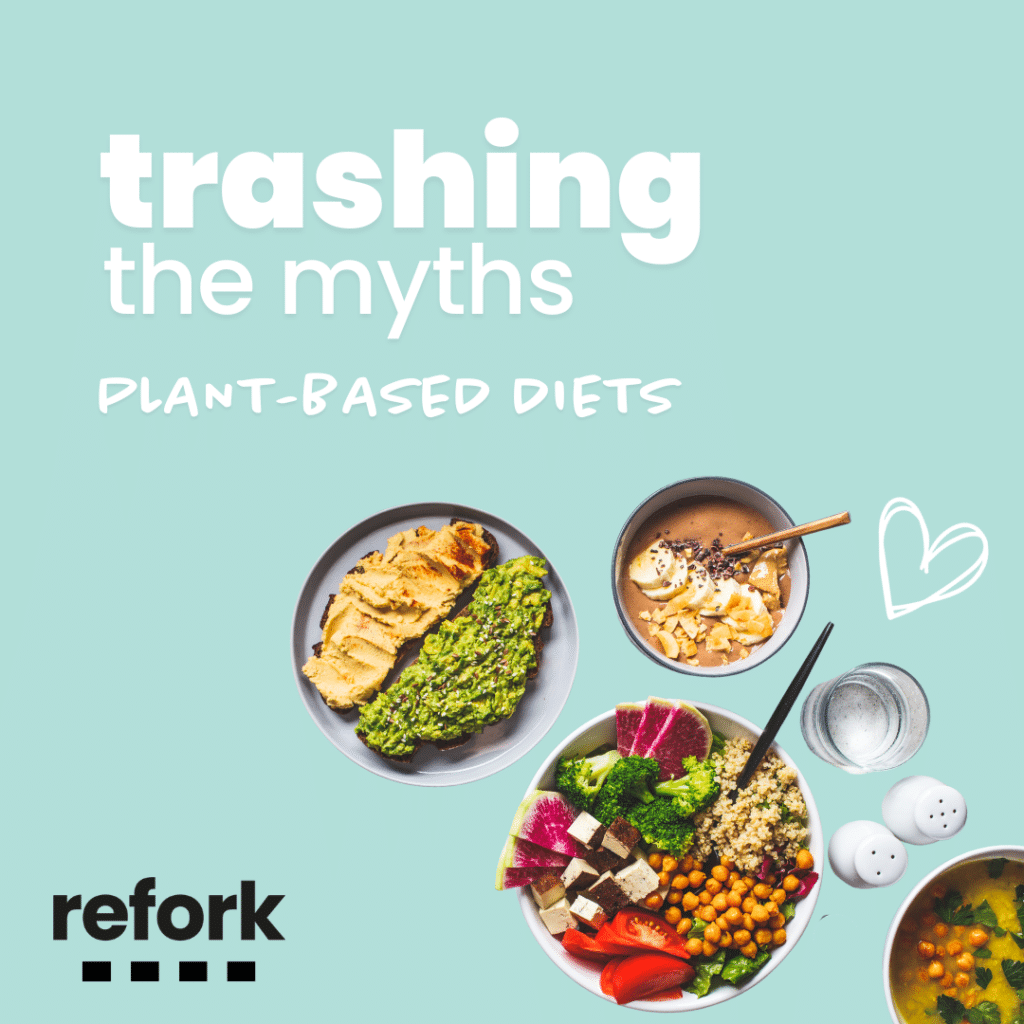In the European battle against plastic pollution, an important step was taken in 2019 with the publication of a directive prohibiting the production and sale of single-use plastics. However, shortly thereafter, a concerning issue arose regarding products marketed as “washable” alternatives. Are these products genuinely environmentally friendly, or are they just a marketing trick?
With every step closer to a healthier environment, our commitment to green practices extends to all aspects of our lives, including cleaning. As more and more eco-friendly cleaning products hit store shelves, so do the controversies surrounding them. Thus, with the rise in popularity, a number of myths and misconceptions are emerging about the effectiveness, cost, availability, utility and versatility of eco-friendly cleaning products. So let’s take a closer look and delve into each of these myths and debunk them with evidence-based facts.
The decisions we make in our daily lives translate into environmental impacts. One seemingly small decision – such as the type of cutlery we use – can have significant consequences.
The global biodegradable cutlery market, valued at US$ 45.0 million in 2023, is driven by a dynamic interplay of factors and stands at the forefront of sustainable solutions. As environmental awareness grows, the hospitality, tourism, and the flourishing retail sector are adopting eco-friendly practices to meet the growing demand for sustainable alternatives.
As we said goodbye to an incredible year, 2023, it’s time to reflect on our achievements and look forward to the exciting opportunities that await us in 2024.
Recycling is an essential step towards a healthier future for our planet. It’s a process that helps reduce the amount of waste in landfills and the environment and reduces the need for further exploitation of natural resources to produce new products. By recycling, we can all do our part to create a cleaner environment every day, but we need to know how to do it right so we don’t do more harm to the planet. Every country has slightly different rules, so always check the information according to your local regulations. We are all familiar with the generalities of recycling, so here are some unexpected tips on how to recycle efficiently that are not necessarily intuitive.
Among the various environmental problems facing our world, the concept of “microplastics” has emerged as a new, ubiquitous, and urgent challenge. Additionally, as microplastics penetrate various ecosystems—ranging from the oceans and soil to the food chain itself—the scale of their impact is increasingly alarming. Today, let’s focus on the most significant issues and recent developments related to the ongoing fight against microplastics.
The global talk about sustainable lifestyles and healthier eating has led to significant reflection on the benefits of a plant-based diet. Before addressing the myths surrounding plant-based lifestyles, it is vital to acknowledge the broader environmental context supporting this shift.
In an era where our everyday choices can have profound effects on the environment, opting for biodegradable cutlery may seem like a small step. Yet, it holds significant potential to change our world for the better. Biodegradable cutlery is not just a vague environmental concept; instead, it is a tangible choice that can make a substantial difference in your daily life. So, let’s delve into the specifics of how choosing biodegradable cutlery can create a real impact.








